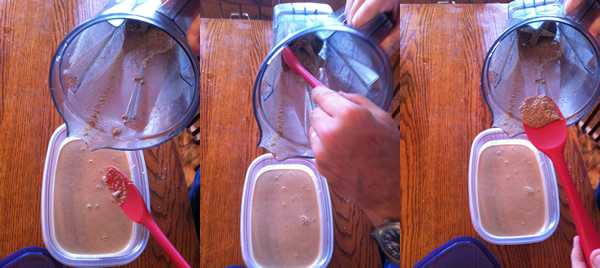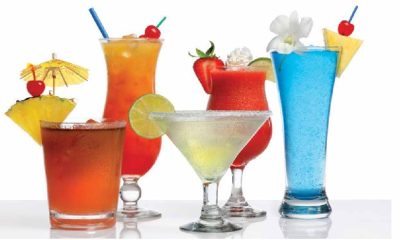Health
Dietary Recommendations For An Aging Dog With Poor Dental Hygiene
As a dog grows older, he grows more and more vulnerable to a variety of health problems just like the elderly among humans do. A major common ailment that elderly dogs suffer from is rotten teeth; either their teeth are extremely frail and incapable of chewing on hard foods anymore, or their teeth have fallen out. In both cases, a dog owner needs to recognise that their elderly dog can no longer eat the same foods as he when he was young.
As the dog grows older, therefore, an owner must adapt his diet to include softer, liquid based foods. An owner must also ensure that the dog is still getting a good amount of vitamins and nutrients through the food; only with a healthy balanced diet will the elderly dog be able to battle other ailments that come with age. Here are a few tips an owner should consider when modifying his dog’s diet as he ages:
Switch To Low Fat Diets
Yes, even dogs have a low fat diet. As your dog ages, his metabolic processes will slow down, making him more vulnerable to obesity. Therefore, feed you pooch proteins such as chicken and other white meats over carbohydrates such as rice or bread. Pulse the proteins in a blender with a good amount of stock to make it easier to chew.
Choose Semi-Wet Food Over Hard Kibble
If you feed your dog a purely store bought diet, begin replacing hard pellets and biscuits with servings of semi-solid, wet foods instead. The dog has to chew on these less, putting less pressure on his remaining teeth.
Work Food Through a Food Processor
If your dog appears to be having difficulty even with semi-wet food, blend it in a food processor before feeding him. Add a little water to the food if necessary, pulse it for a couple of seconds and mix in a little more water; these steps will make the food easier to chew and digest.
Choose A Homemade Diet Over Store-bought Fare
While packaged dog foods may have been perfect for your dog in the past, as your dog gets older we’d recommend beginning to prepare his food at home. That way, you can be sure that he’s being given a variety of foods to get the nutrients he needs and also prepare the food in such a way that it is easier to eat.
Foods that you should be feeding your dog include chicken and turkey without the skin and bones, green vegetables like peas, green beans and broccoli, carrots, eggs and yogurt. Boil or pressure cook the proteins and vegetables until extremely soft and then chop them up into small pieces. Pulse the food in a food processor along with a little stock that was used to boil them. Mix in more stock and feed your dog this mixture; it should be much easier for it to manage than packaged dog food.
As you adapt your dog’s diet, monitor his response to it as well as his weight and overall health. If you notice changes in his weight (rapid loss or gain) or behaviour (refusal to eat), speak with your vet who will help you tailor a diet that will work for your individual dog.
























